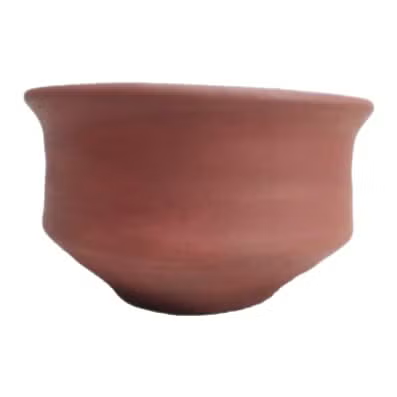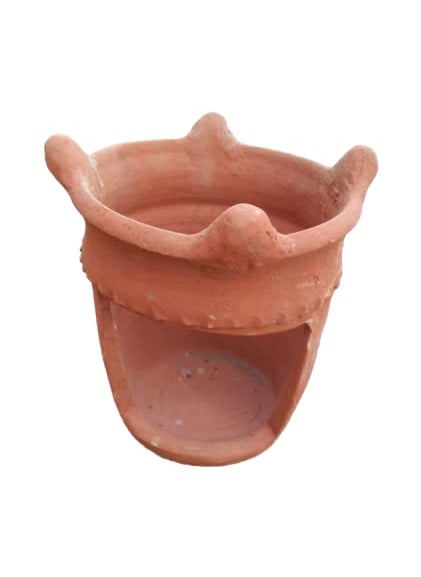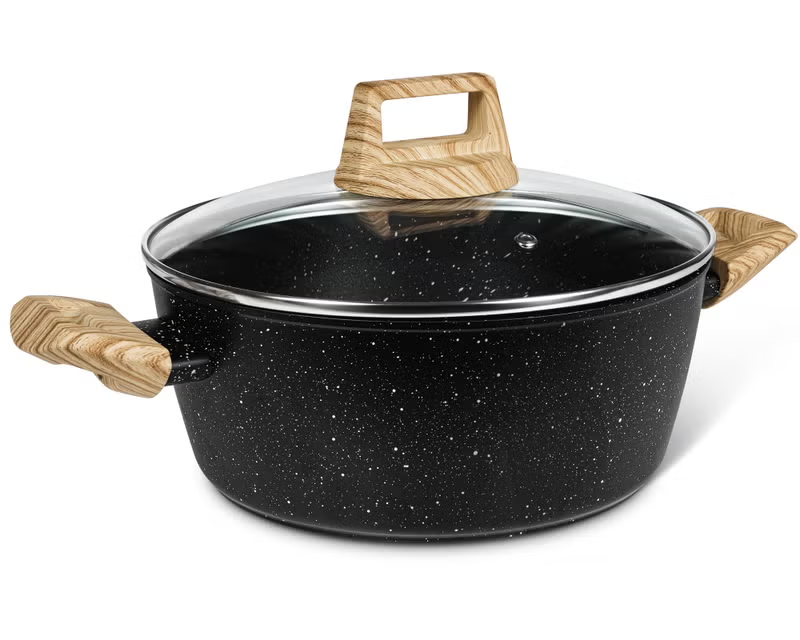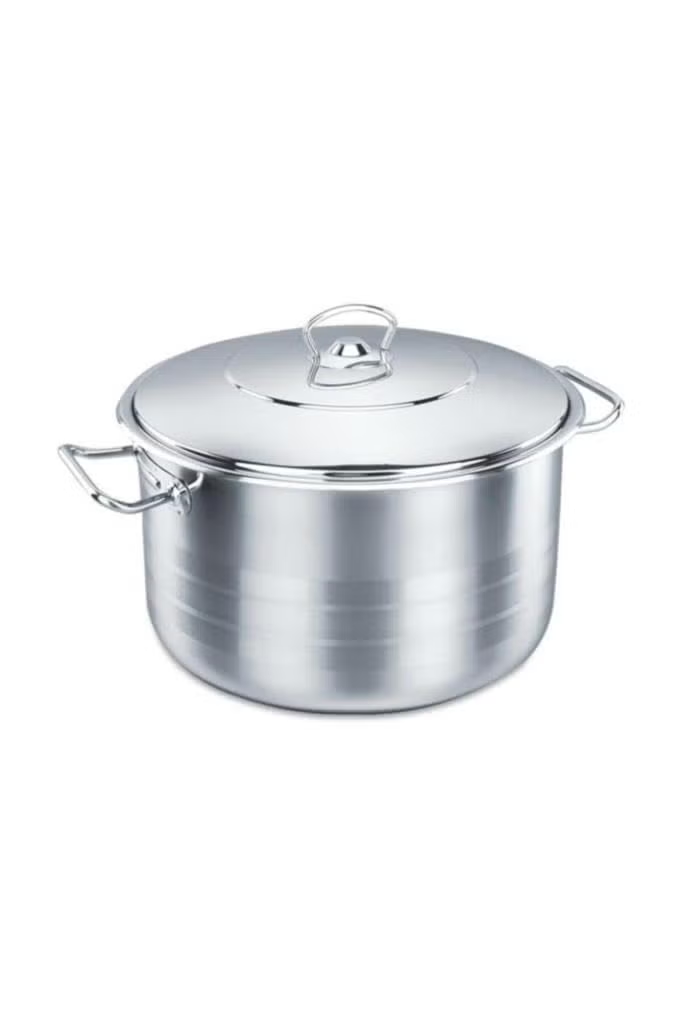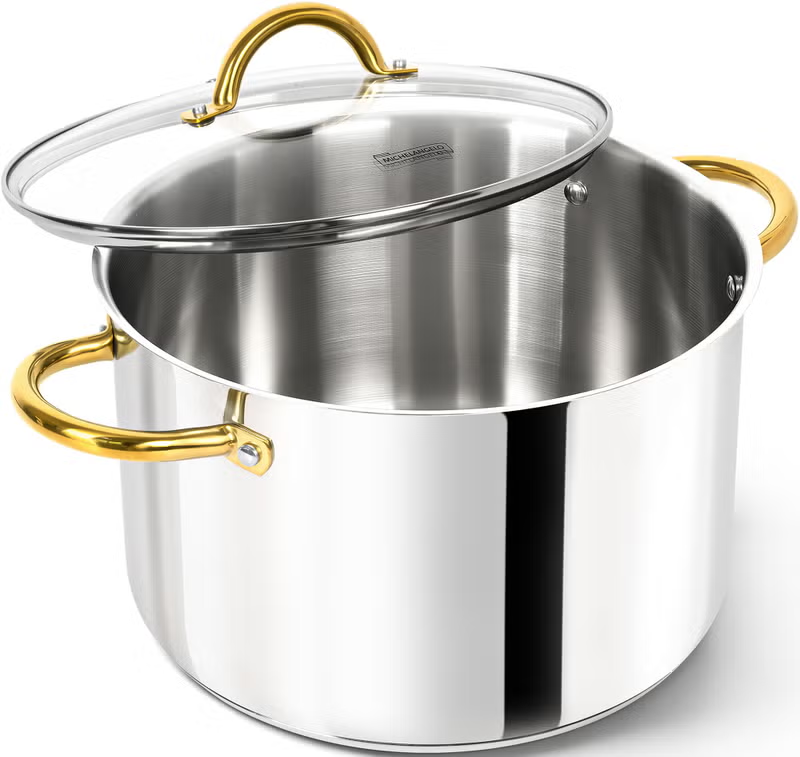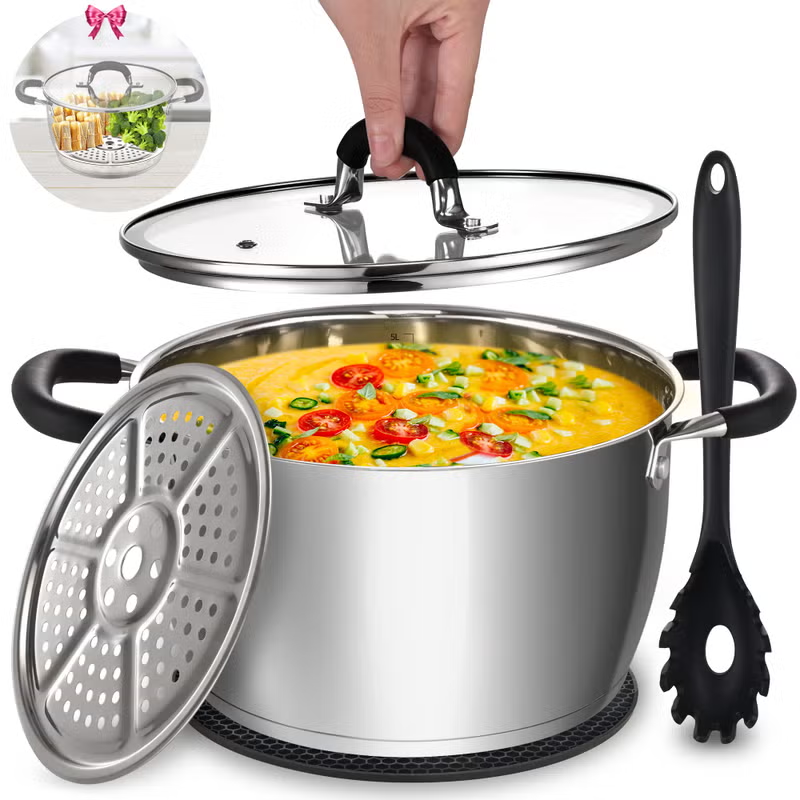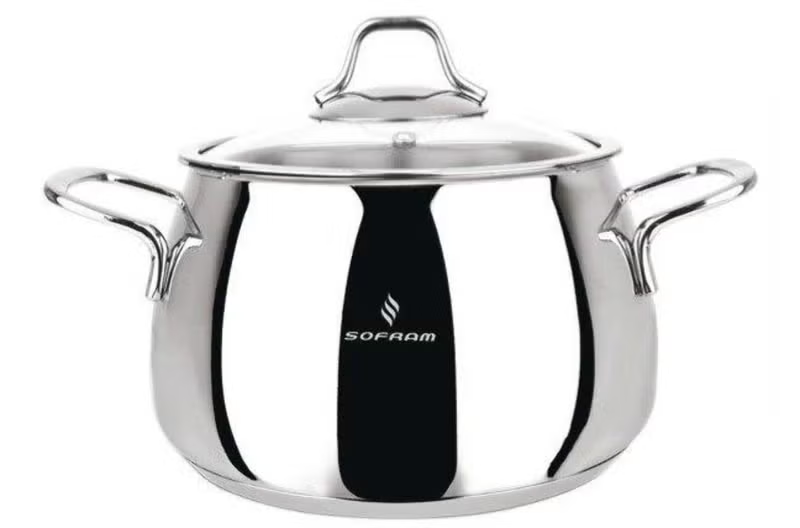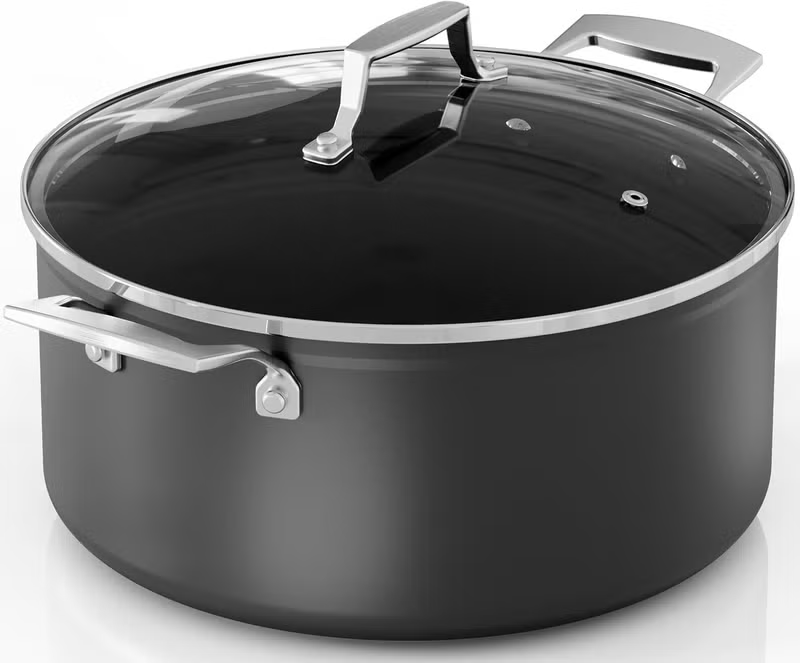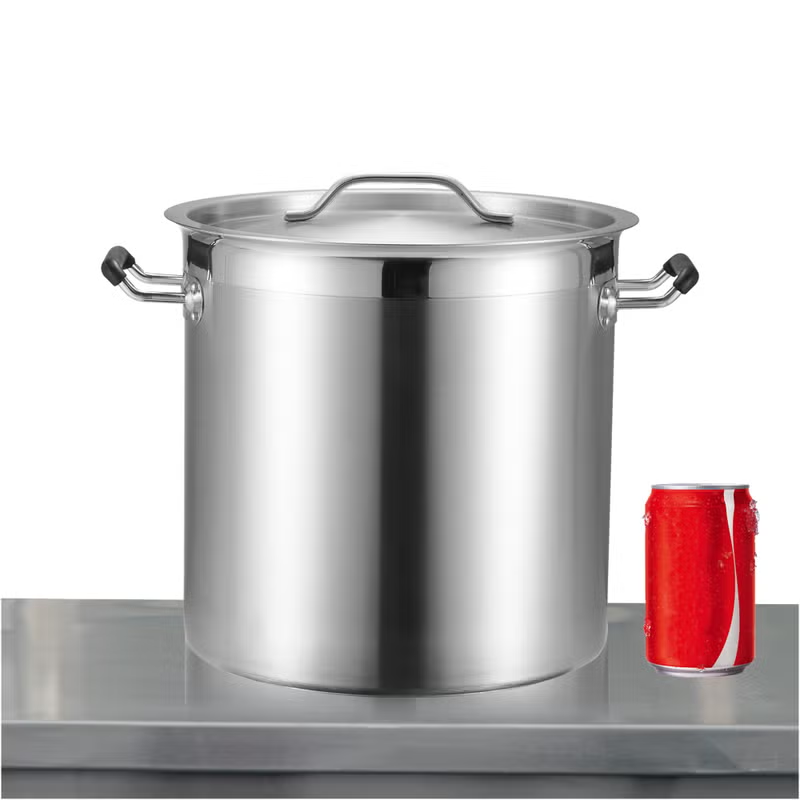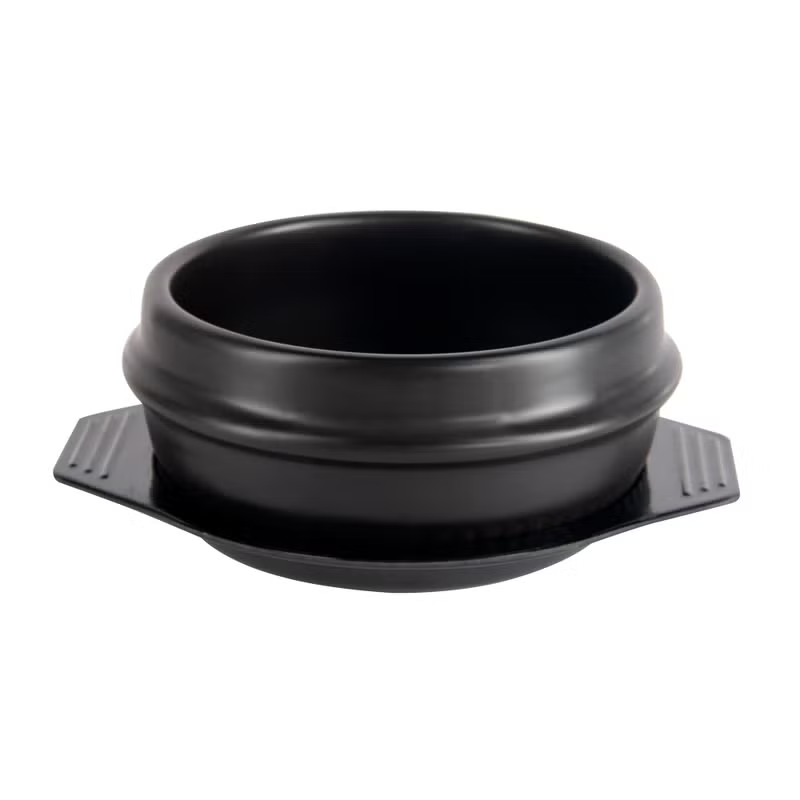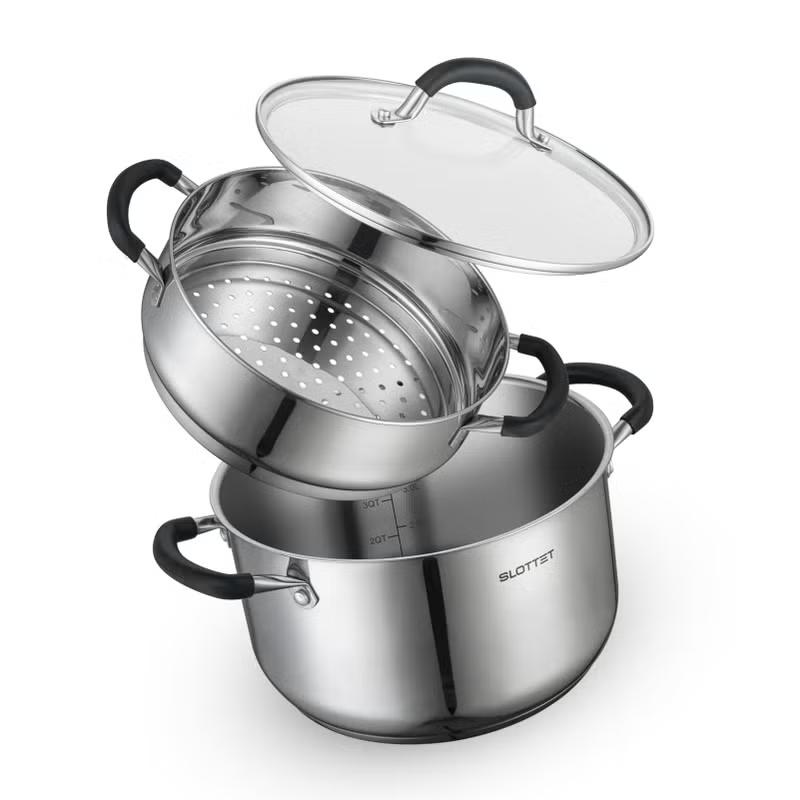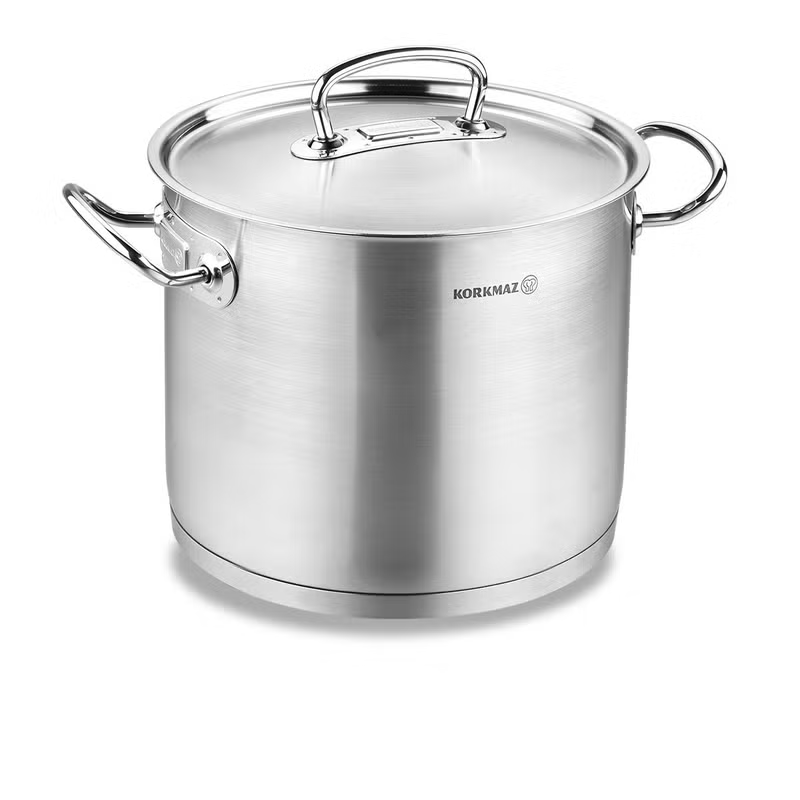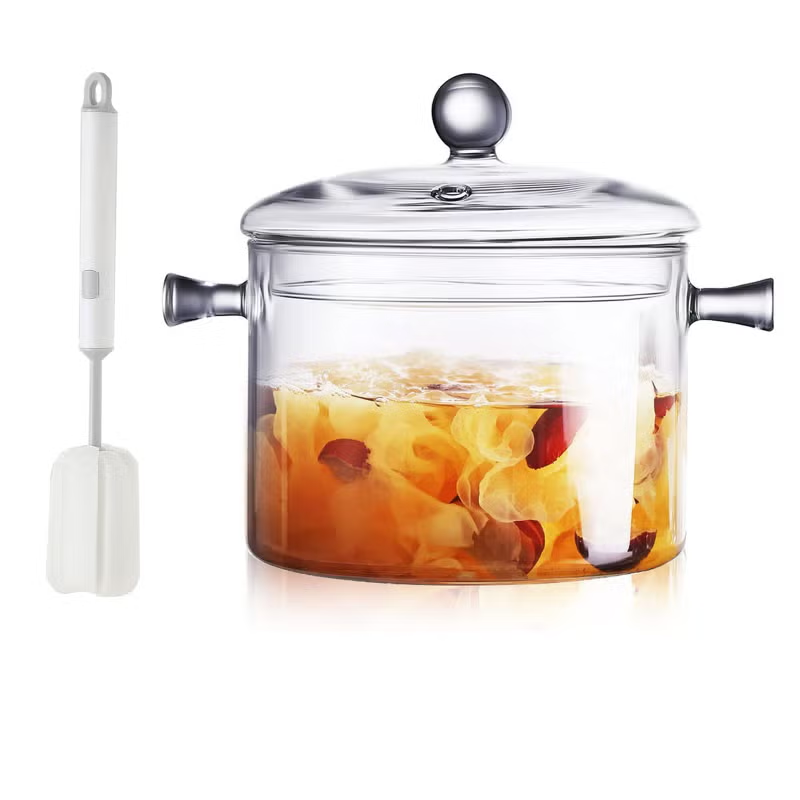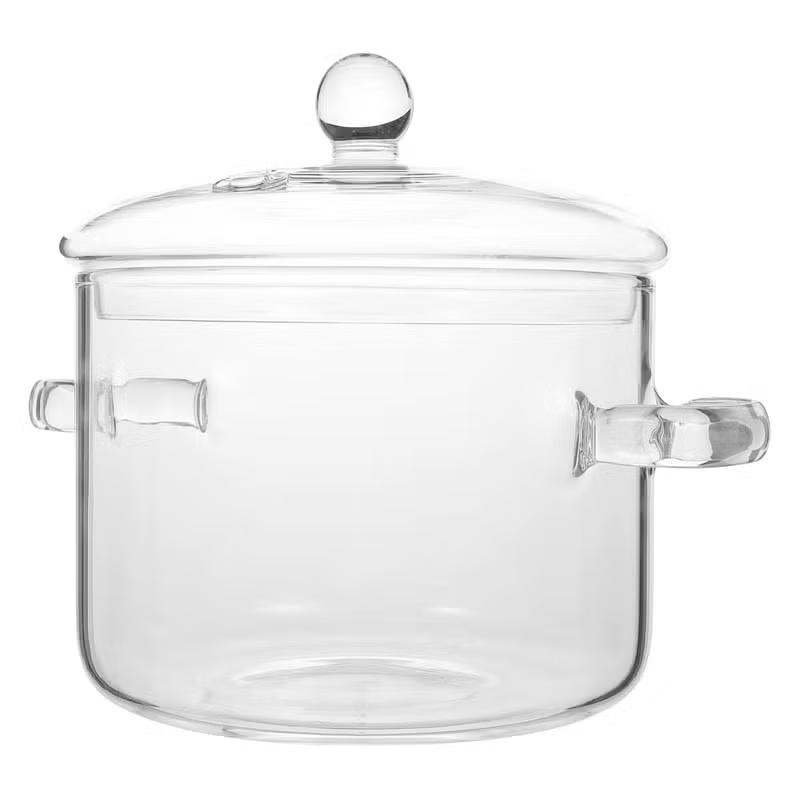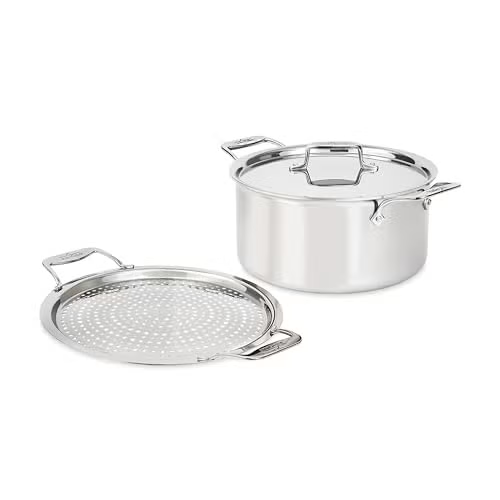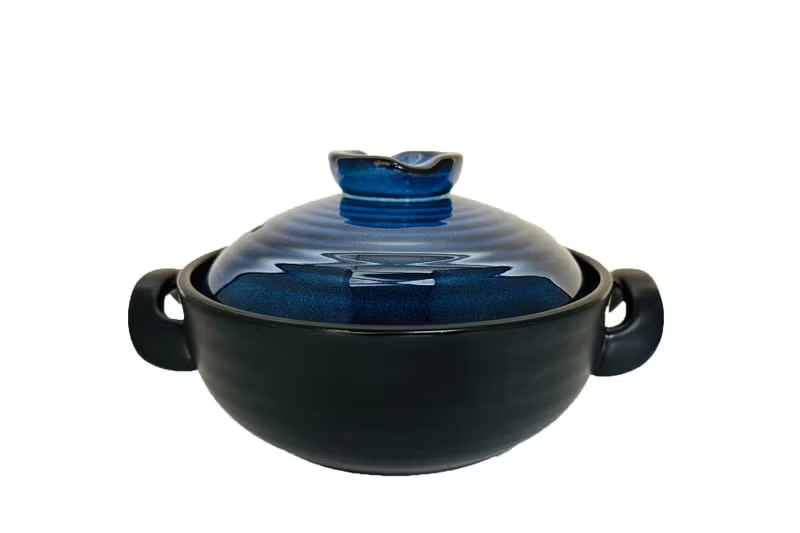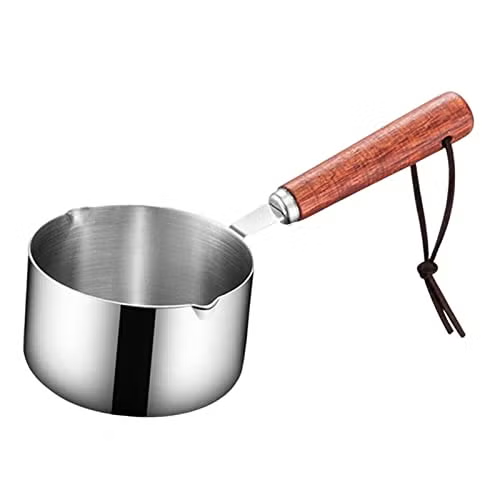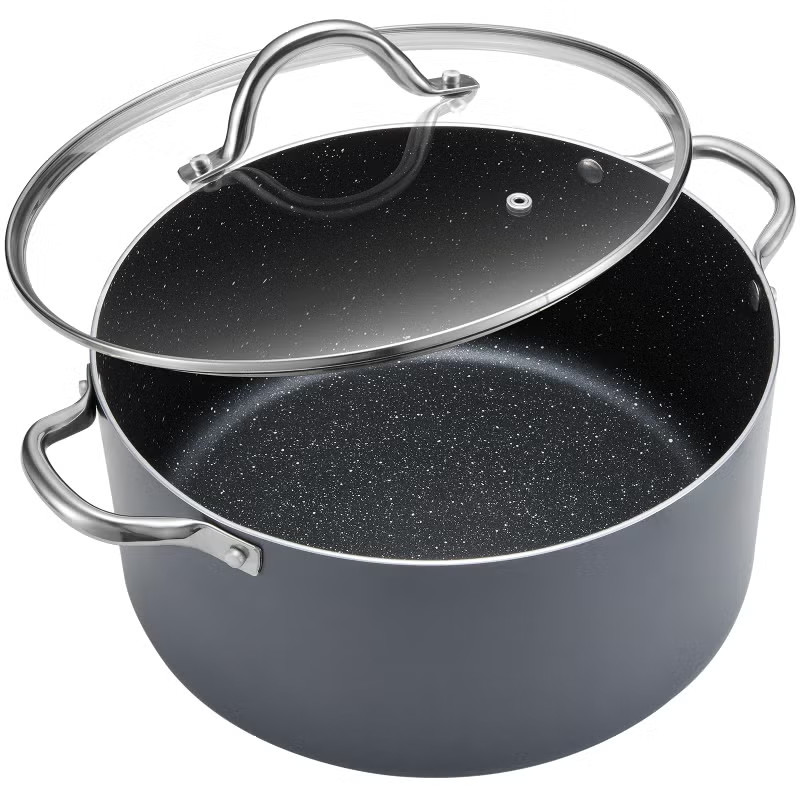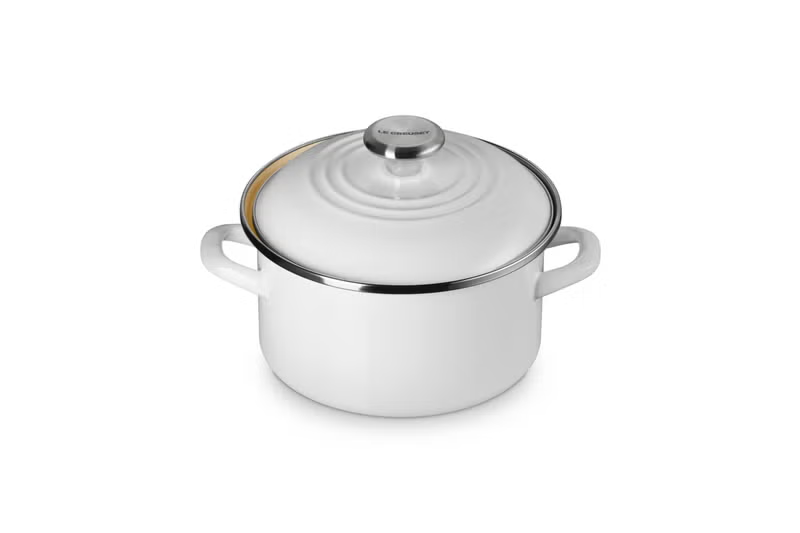6,557,000
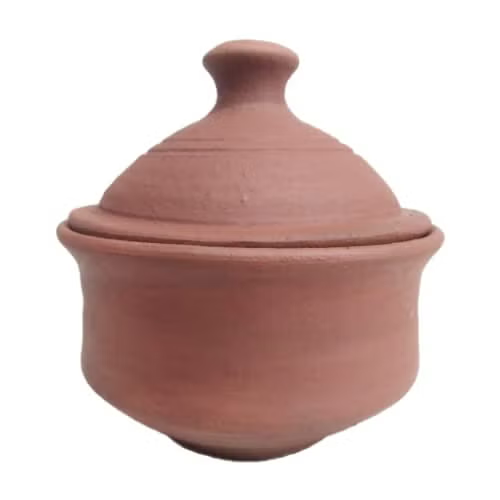

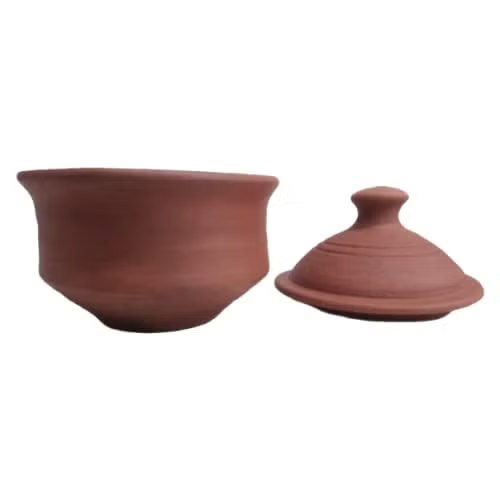

...
LKC LKC Clay Dahi HandiCurd PortClay Pot with lid Terracotta Brown Colour 15 Litre
The handi is utilised mainly for making dahi especially for slowcooking For example when any dish is cooked in the handi the lid is sealed to it using dough so steam cannot escape preserving the nutrients in the food In turn this also allows for the food to be cooked using its own water content accentuating its flavour and tang Pottery in the Indian subcontinent has an ancient history and is one of the most tangible and iconic elements of Indian art Evidence of pottery has been found in the early settlements of Lahuradewa and later the Indus Valley Civilization Today it is a cultural art that is still practiced extensively in Indian subcontinent Until recent times all Indian pottery has been earthenware including terracotta Hindu traditions historically discouraged the use of pottery for eating off which probably explains the noticeable lack of traditions of fine or luxury pottery in South Asia in contrast to East Asia and other parts of Eurasia Large matki jars for the storage of dahi in handi water or other things form the largest part of traditional Indian pottery as well as objects such as lamps
3,325,000
به سبد خرید اضافه شد
افزودن به سبد خرید
 تحویل بین 13 الی 22 شهریور
تحویل بین 13 الی 22 شهریور
 گارانتی اصالت و سلامت فیزیکی کالا
گارانتی اصالت و سلامت فیزیکی کالا
 ارسال رایگان به سراسر کشور
ارسال رایگان به سراسر کشور
 تحویل بین 13 الی 22 شهریور
تحویل بین 13 الی 22 شهریور 